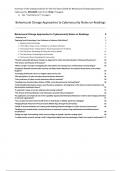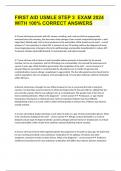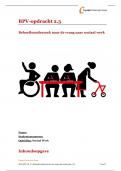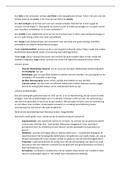Samenvatting
Summary Behavioural Change Approaches to Cybersecurity Notes on Readings - GRADE 8,0
- Vak
- Instelling
Summary of the reading materials for the final exam (2024) for Behavioural Change Approaches to Cybersecurity. INCLUDES notes from (Total: 73 pages): See * Summary List * on page 1.
[Meer zien]











